Hydroponics - A technical understanding of an innovative local project |06 July 2018
It was early last month that the Val d’Andorre farm at Baie Lazare began selling the first produce grown from the use of a hydroponics system developed by the International Sales and Promotion Company (ISPC) Seychelles Ltd.
Hydroponics is still an innovative farming method in Seychelles, and to enlighten the public about the system, farm manager, Dufrasne Julien, shares the technical details of hydroponics in a local context.
Although they have only began production of some herbs, e.g. basil, coriander, mint, parsley and thyme, the technical choices made seem to be right, the plants are growing very well, and they hope to also soon harvest tomatoes and cucumbers.
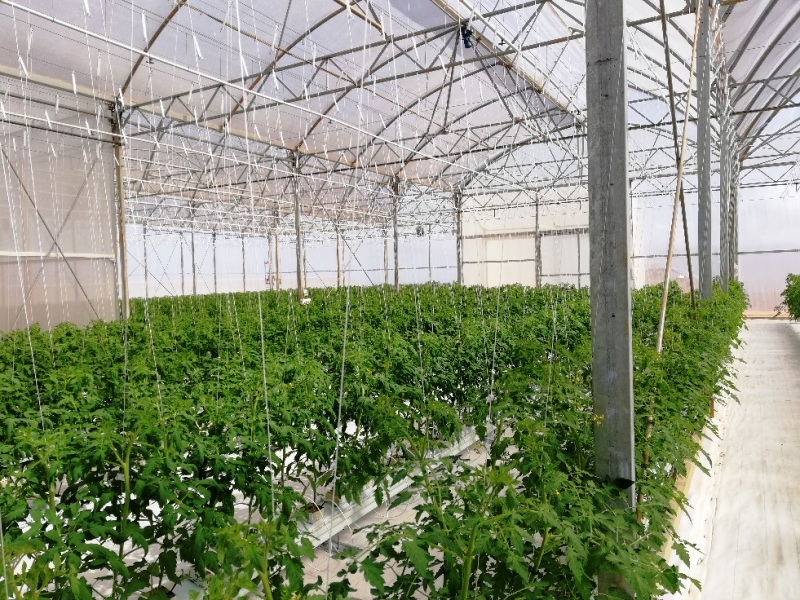
Hydroponics is a subset of hydro-culture, which is the growing of plants in a soil less medium, or an aquatic based environment. Hydroponic growing uses mineral nutrient solutions to feed plants in water, without soil.
To meet production targets in terms of volume, regularity and quality, according to the equatorial climate, several 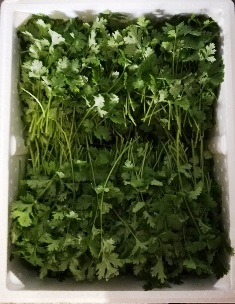 techniques were studied and put in place at the farm:
techniques were studied and put in place at the farm:
- Growth under shelter
- Provides protection of plants from heavy rainfall, disease and insects
- Soil less cultivation gives the following advantages:
- Removes soil constraints, e.g. mineral deficiencies, inadequate physical structure, pathogens
- Provides precise control of water and mineral nutrition
- Provides control of a substrate disinfection facility (good control of soil borne pathogens)
- Provides higher yield potential per surface unit
In soil culture, yield is limited by availability of nutrients and light. Depletion in nutrients like nitrogen, phosphorus, potassium or calcium can happen and consequently, fruit disorders can appear, storage of commodities can be shorter and yield is reduced.
In soil less crops, these limits don’t exist and so the number of plants per metre square can dramatically increase, and the quality of harvest products is higher and more constant.The quality of soil at the production site, physical and biological, is not important; production can be done nearly everywhere and rotation of crops is not necessary.
Watering and nutrition are controlled leading to substantial economy of water and fertilisers. This allows close monitoring of plant nutrition and adaptation to the needs of the crops which in turn improves quality.
Direct irrigation restricts development of weeds which can be a haven for pests, and it also limits weeding. The use of pesticides can be limited to a minimum as many pests/diseases are kept away from the plants. There is also no use of herbicides as no weeds can develop.
Seychelles has an equatorial climate with no dry season, an average minimum precipitation value of 60mm, and no major difference between day and night temperatures.
The farm ranges from 200 to 290 metres in elevation. It is located on a high altitude, with the air circulation providing lower humidity and temperature values than in coastal areas. The decrease in temperature is 0.64 degrees C when altitude increases by 100 metres; hence the temperature is between 1.3 – 1.9 degrees C less than sea level temperature.
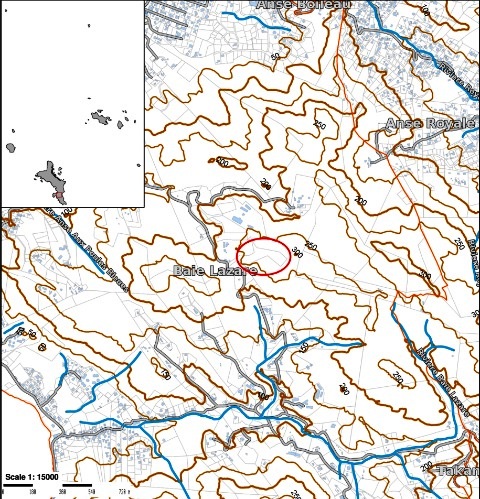
The stability of weather conditions (meanly temperature) during the year is a good condition to grow vegetables all year round. The humidity and temperature are very important for the growth of plants, e.g. a day-night difference of temperature allows better flowering and production of tomatoes. The higher the temperature, the more the plants grow, competing with fruit production.
However, high temperature and humidity are factors increasing the presence and development of diseases. It is therefore important, in the context of regular production, to be able to manage these factors with ventilated greenhouses, fans or foggers.
The use of water has been possible for irrigation and its availability and quality were confirmed. Water analysis results show that the water is slightly acidic with a pH of 6.0, and that the electrical conductivity is low (no salinity hazard). At the peak of production, a volume between 40,000 and 60,000 litres a day is used to irrigate crops. Nevertheless, all water that is not used by plants is treated and reused for watering.
Greenhouses were chosen instead of tunnels because they are more solid and can resist to the local climatic conditions. Management of the climate is easier in greenhouses as the roof can be open. All openings are also protected by an anti-insect net.
There are completely integrated control systems, combining climate and watering. The process computer program controls climate and irrigation requirements inside the greenhouses. This creates the ideal growing climate all day, and is perfectly adapted to the plants’ needs. The computer adjusts any technical process to control conditions to the current situation in the greenhouse.
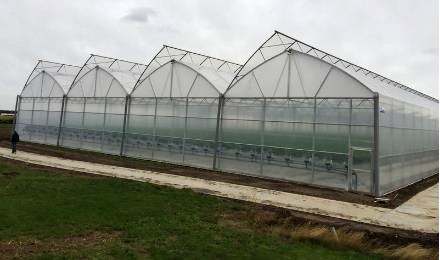
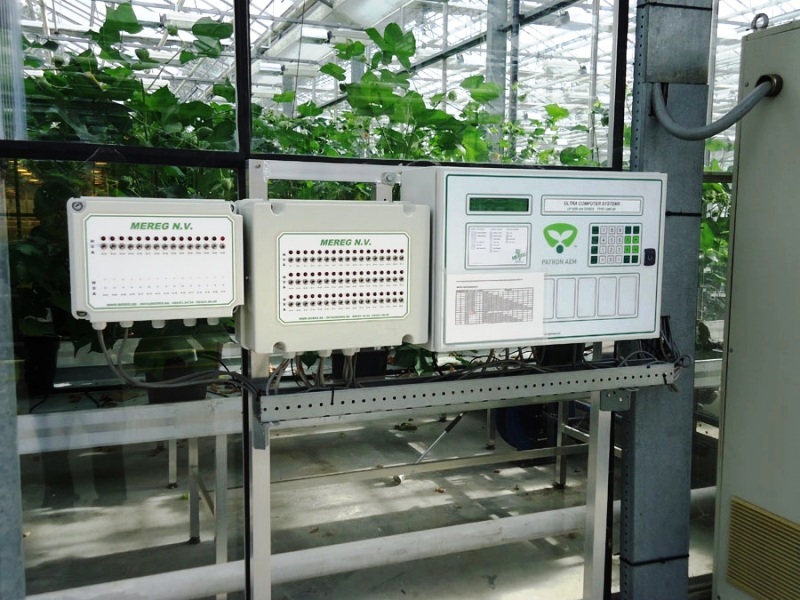
The water of the drip-irrigation is collected and reused after a short-wavelength ultraviolet light treatment that kills or inactivates microorganisms, e.g. bacteria, viruses, fungus and other pathogens.
The goal is to minimise water consumption by avoiding development of diseases transmitted by the water. Main diseases carried by the water for tomatoes in Seychelles is Ralstonia solanacearum which causes a lot of loss on the island.
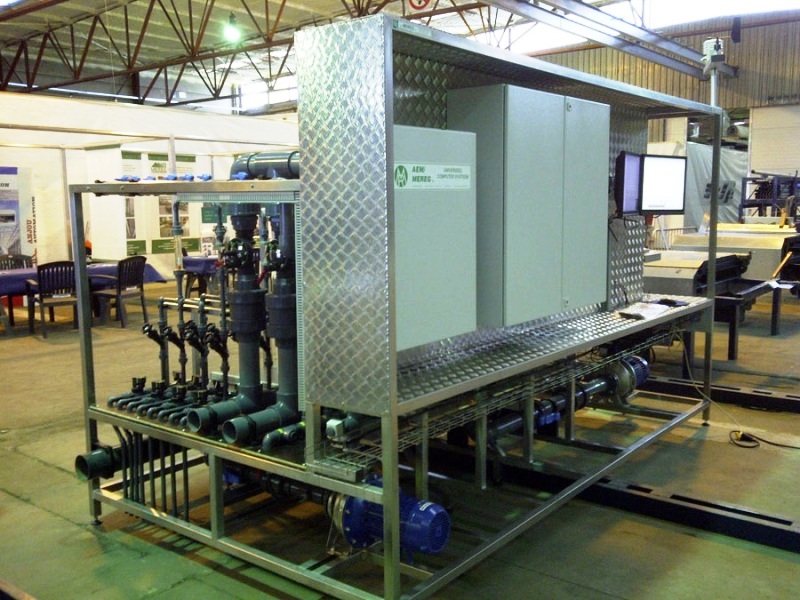
For all the crops, pathogen-free substrates are used: rock-wool gives support for tomatoes, sweet peppers, cucumbers, zucchini and melons by supplying water and nutrients, limiting contamination by pathogens, and provides no phytosanitary risk and restriction to import, compared with coconut fibre. A peat-lite mix (peat, sand, bark and perlite) is used for the herbs and aromatics.
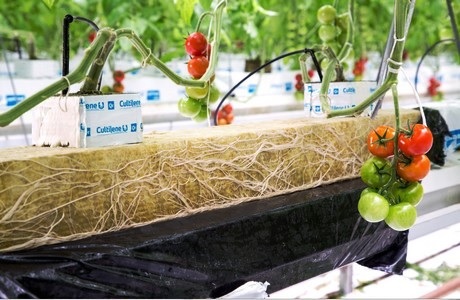
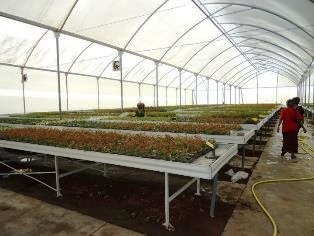
As this project is innovative in Seychelles, Mr Dufrasne says it is difficult to know the exact technical decisions to make and which productions will be the best. This is why they have to conduct tests to get profitable productions:
- Varietal selection of vegetables and aromatic plants adapted to Seychelles’ climatic conditions and to soilless agriculture.
- Selection of appropriate production techniques for each crop adapted to Seychelles and easily adaptable for farmers.
- Integrated pests management: The goal is to develop a plant protection programme adapted to Seychelles’ conditions while respecting the environment and human health.
- Management of irrigation water (sanitary quality and effluent treatment).
- Fruit and vegetable post-harvest processing to maintain the quality of fruits and vegetables post-harvest and thus, reduce waste and losses.
- Marketing and economic training.
The farm management is working in collaboration with the Seychelles Agricultural Agency (SAA) research centre, particularly with Dr Nelson Charles, to target techniques that could be popularised for all Seychellois farmers. Farmers could benefit from this experience, whether it is about culture methods, fertilisers, varieties choice, pests management or packaging, conservation and sale.
Reference: Growth Technology
Image sources: Val d’Andorre Farm




